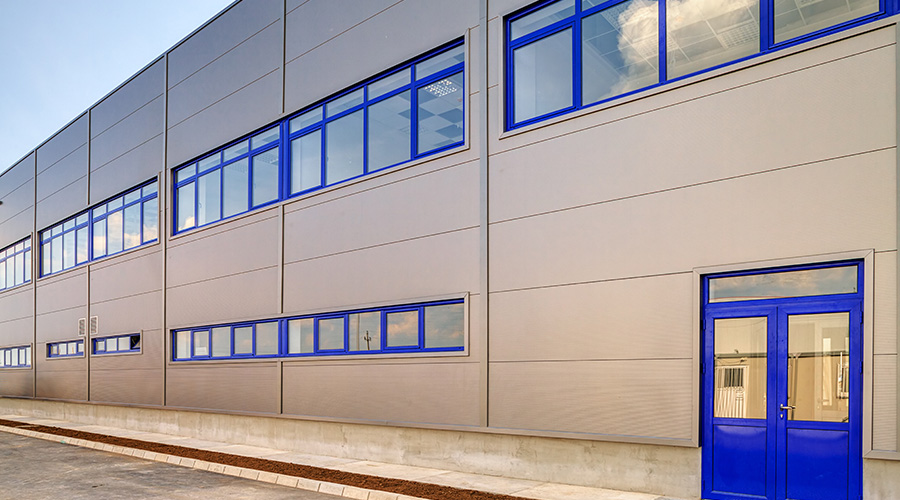Evening Painting, VOC-Free Products Reduce Complaints
To carry out painting projects, the department deploys an in-house crew of eight workers. They are among the 65 employees White oversees who handle machine repair, roofing, food service, carpentry, and painting projects, as well as night crews staffed with technicians of multiple trades.
Three painters work in the daytime, and five work in the evening. Over the last 10 years, the department has been shifting toward a larger evening painting crew, largely through attrition.
"It started with just a few people, and it's grown from there," White says. "It has shown to be a good thing." The shift to more evening painters came in response to occupants' complaints about paint odors, and it has succeeded in reducing the number of complaints about odors.
Another contributing factor to the decline in odor complaints is the decision about two years ago to switch to paints and coatings that do not contain volatile organic compounds (VOCs). The change introduced the sustainability factor into the paint-specification process, which already has to take into account a product's cost and its performance life.
"Low cost is preferred, but we insist on quality products," White says. "The VOC content is less of a concern on exterior work, but we are constantly trying to reduce any impact on the environment."
When a painting project is beyond the scope of the department's teams, White brings in contractors. As an example, he cites the interior painted surface of galvanized metal ceiling in a shop classroom. The surface began to peel recently, causing paint flakes to fall on students. In-house crews removed loose material from the surface of the 50-foot-square ceiling, but finishing the job in a relatively small window of time required the help of a contractor.
"We had a company come in with a large crew and finish the job over spring break," White says. "It was a matter of our (in-house) workload." If the department had opted to handle the project with its own staff, it might have taken longer to finish than the contractor needed — possibly disrupting classes — and it would have delayed other painting work in-house crews already had scheduled.
As for painting equipment, in addition to the usual arsenal of brushes and rollers, crews also use airless spray and texture guns. The department now is testing a battery-powered, airless spray gun.
"Our supervisor is very impressed with it because it's smaller and lighter" and offers the user greater freedom of movement than a traditional spray gun, which requires hoses and electrical cords, he says. If the testing pans out, the district is likely to buy one for each of the four trucks paint crews use. White's crews also now have access to a 50-foot aerial-work platform for reaching out-of-the-way surfaces that require painting.
Related Topics:













